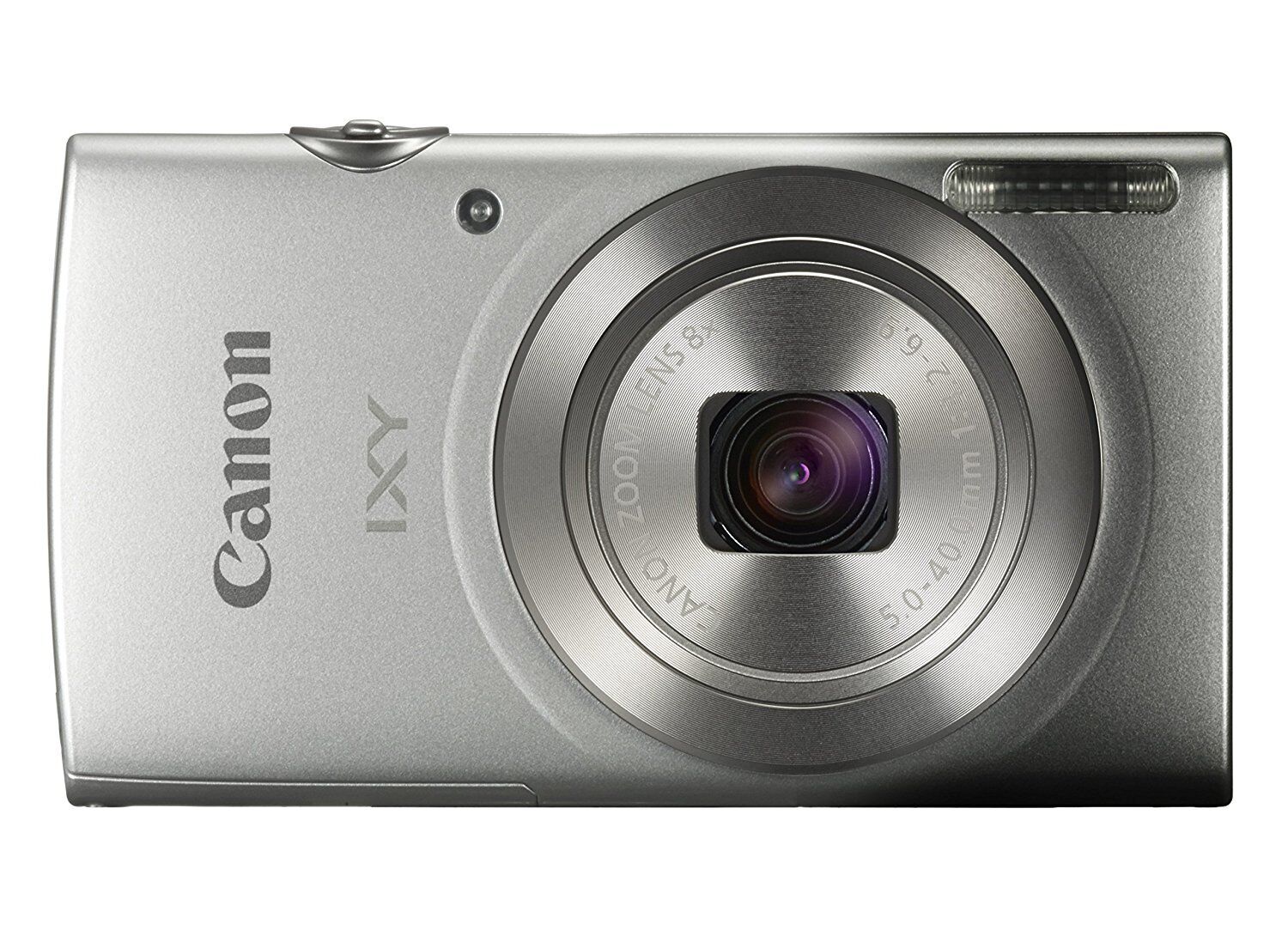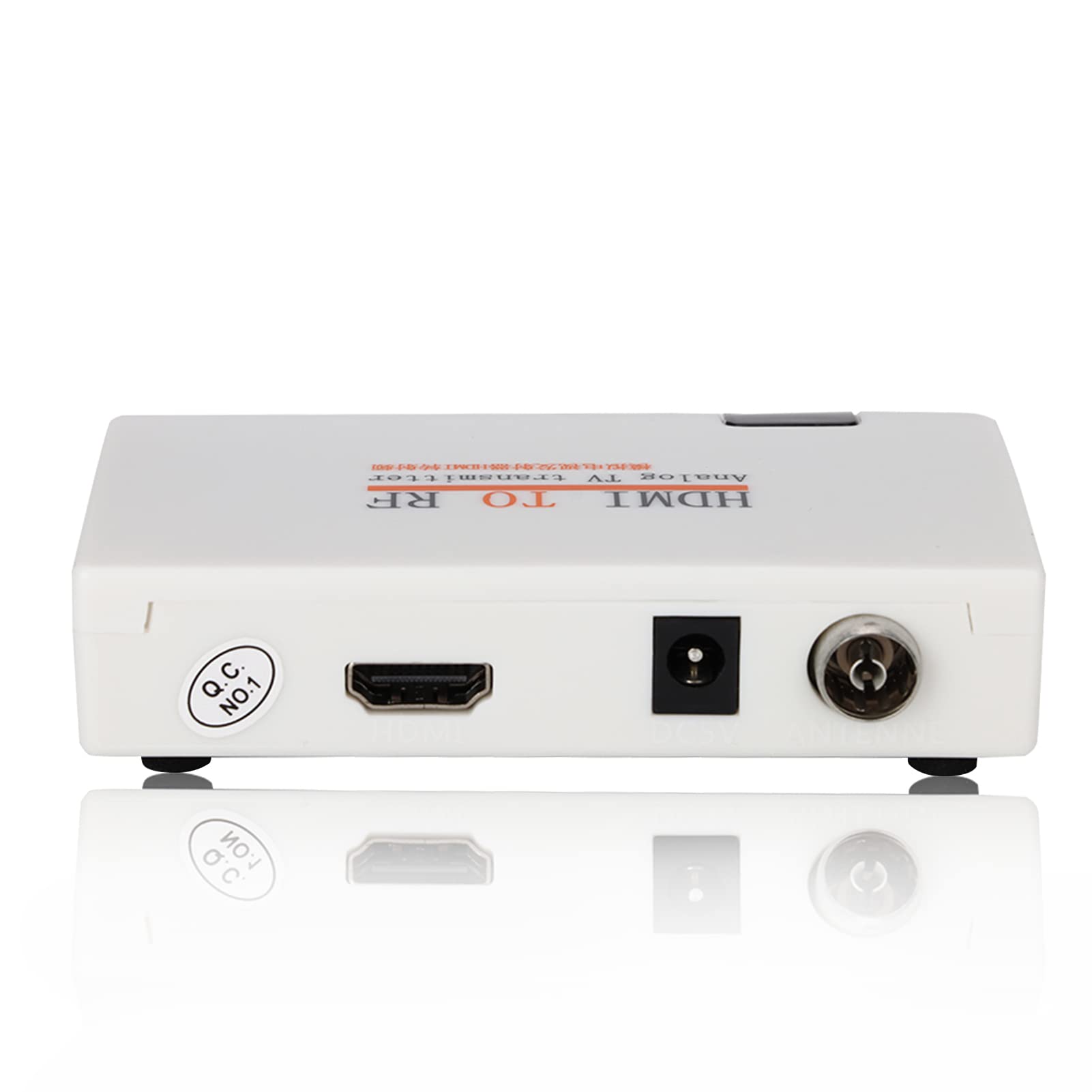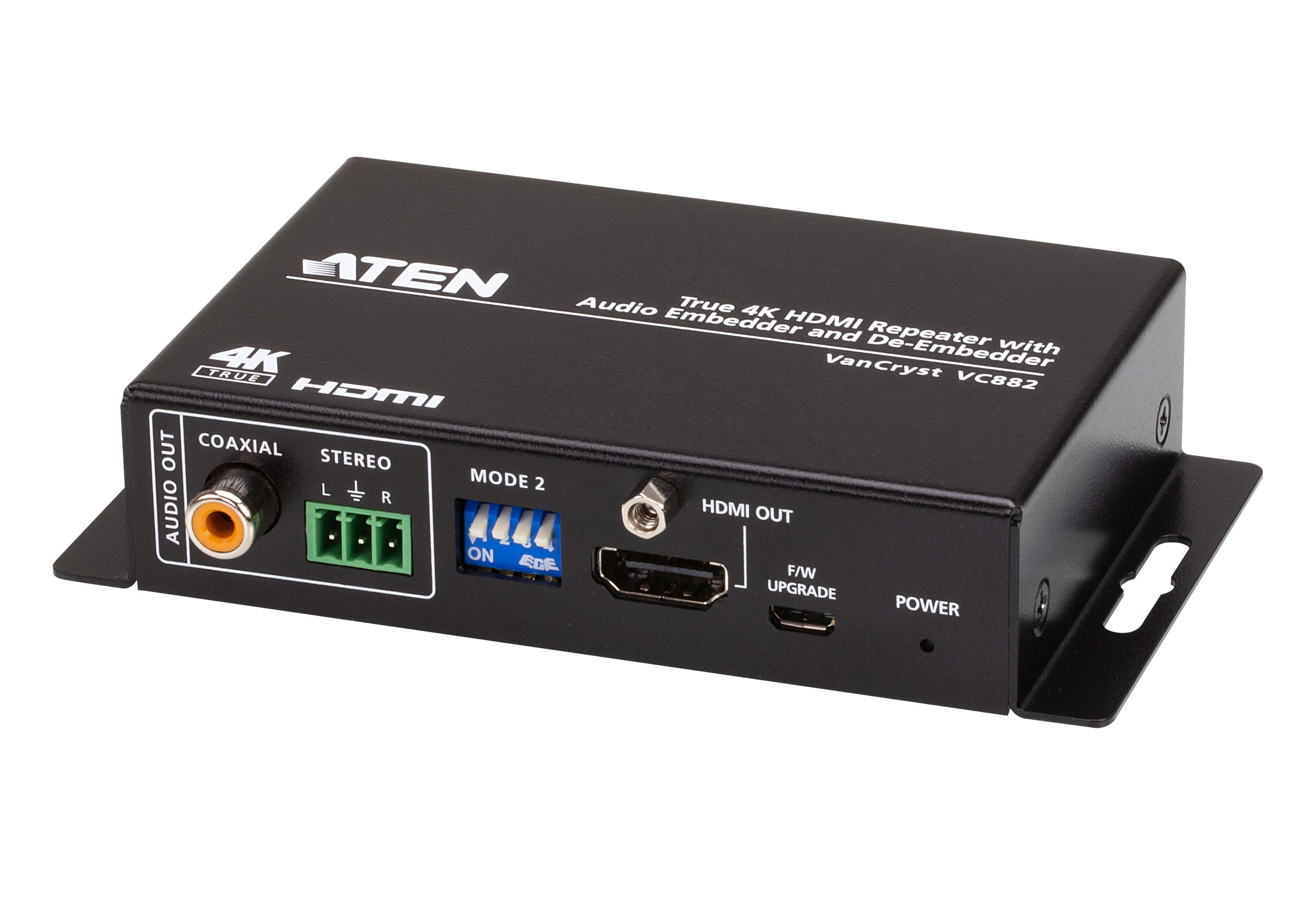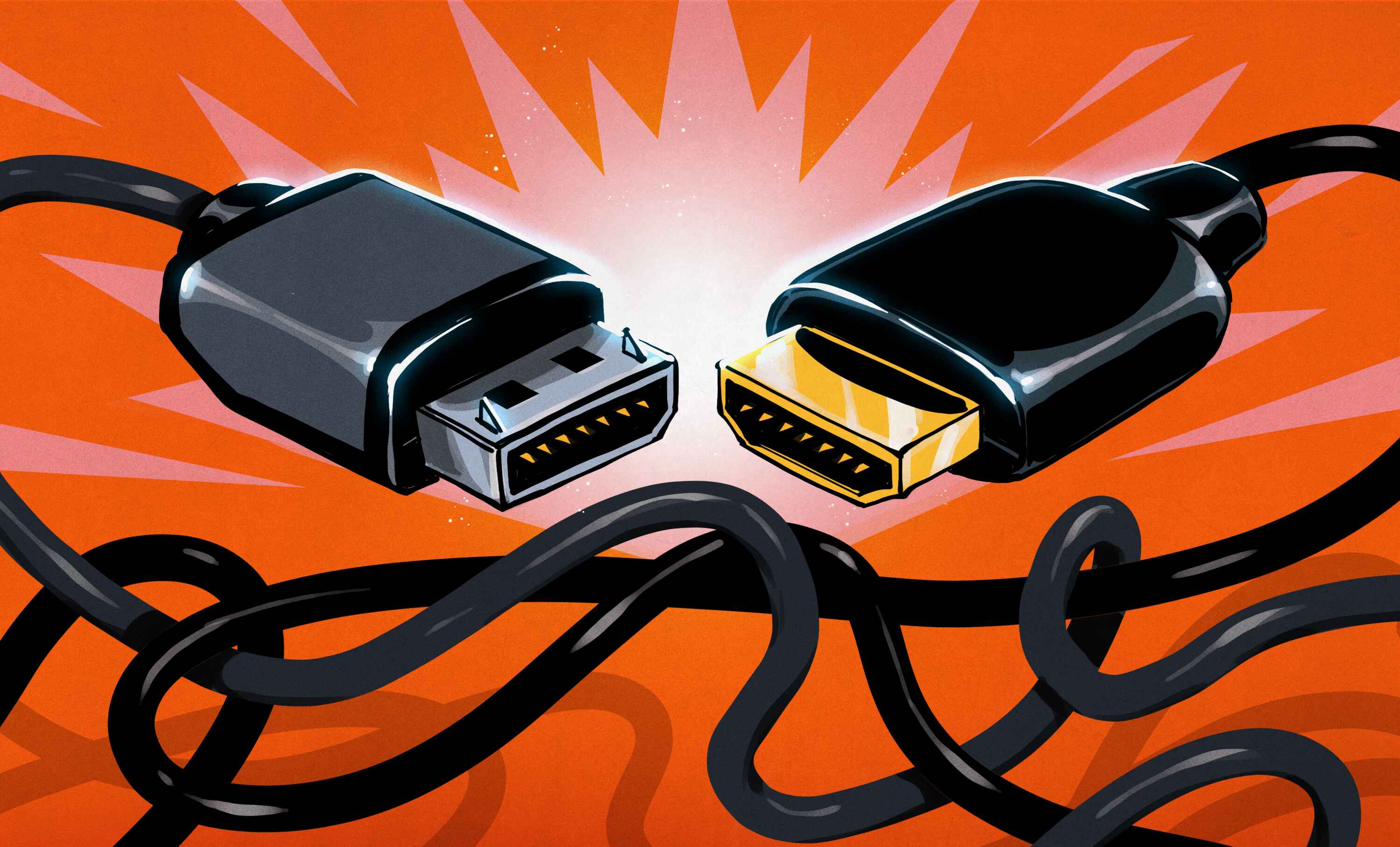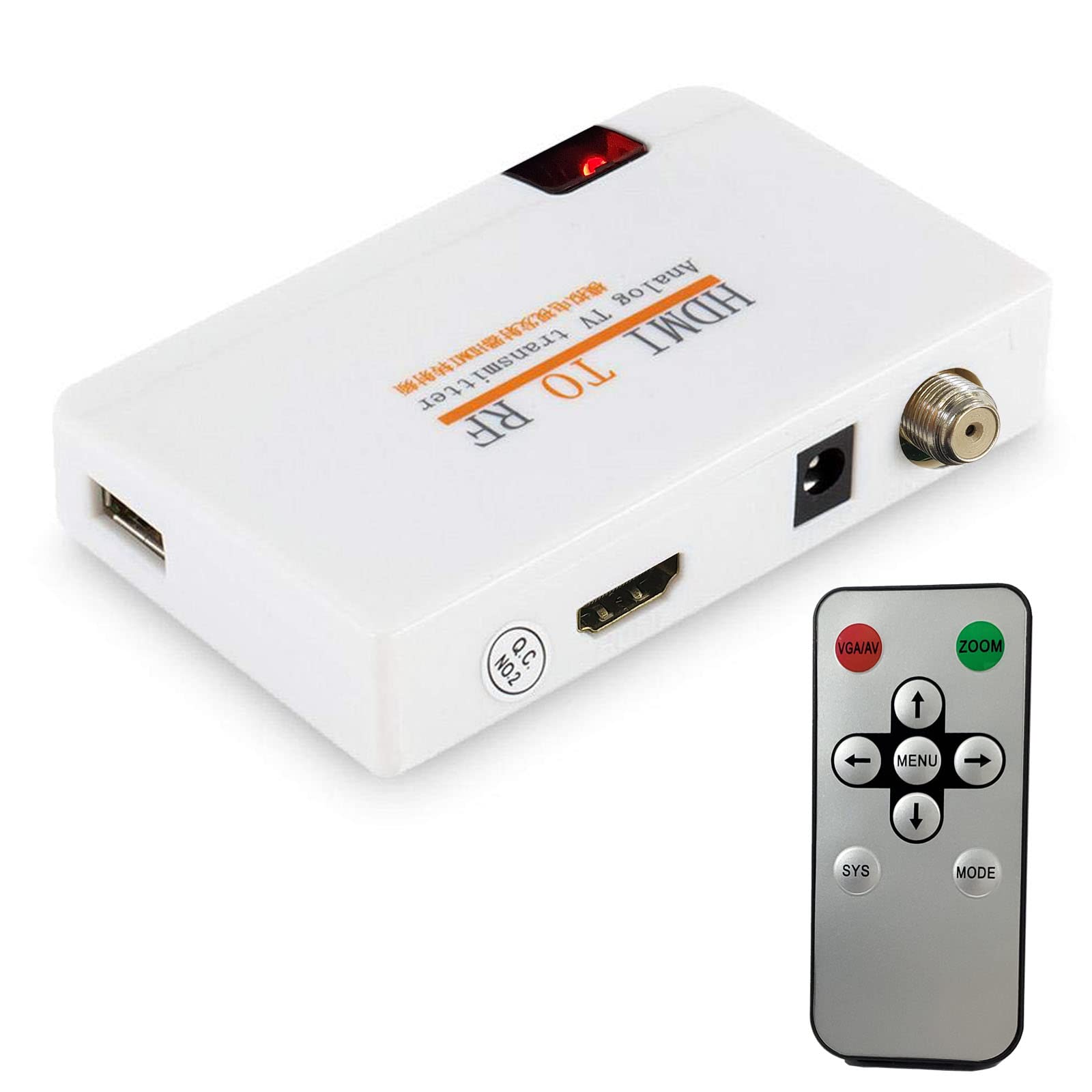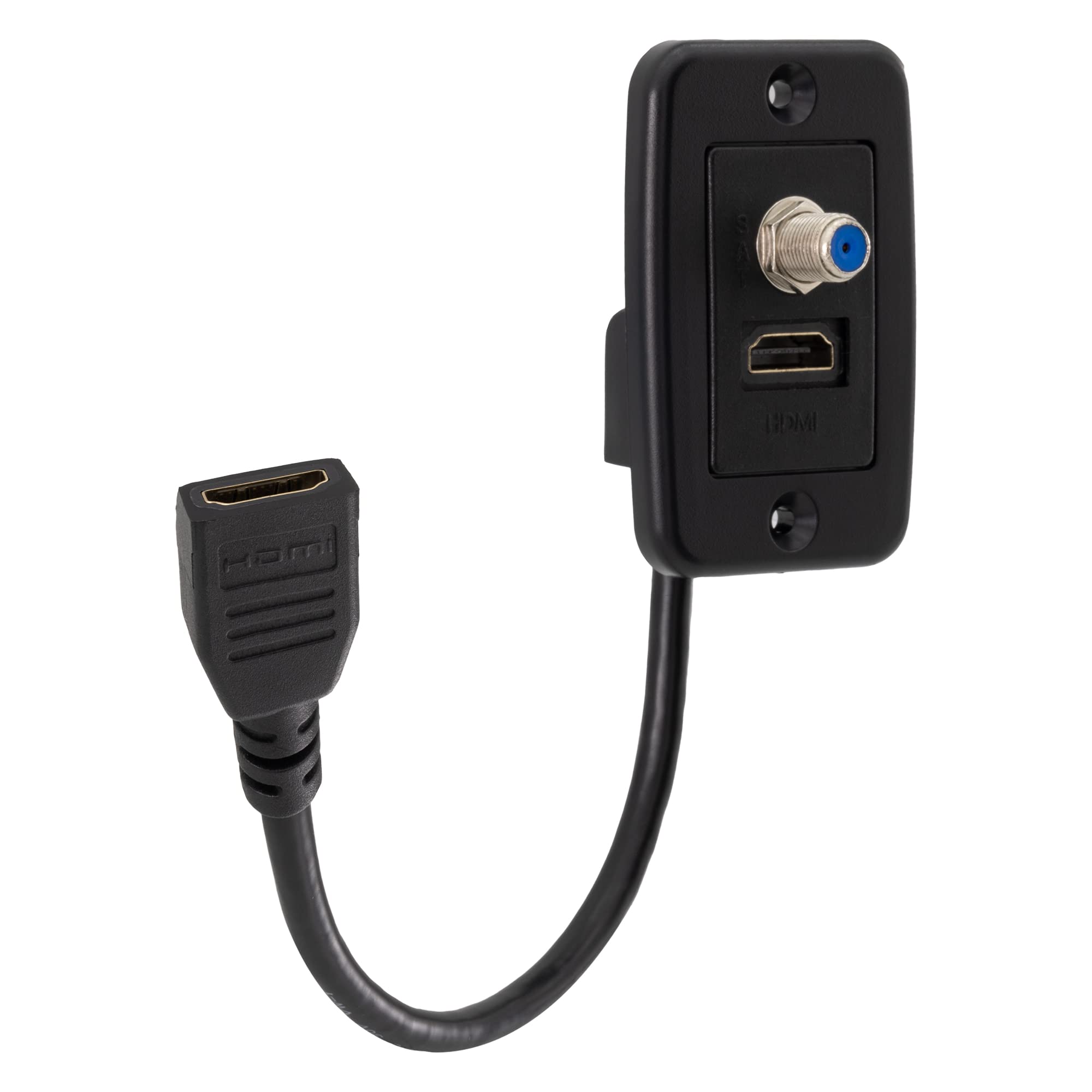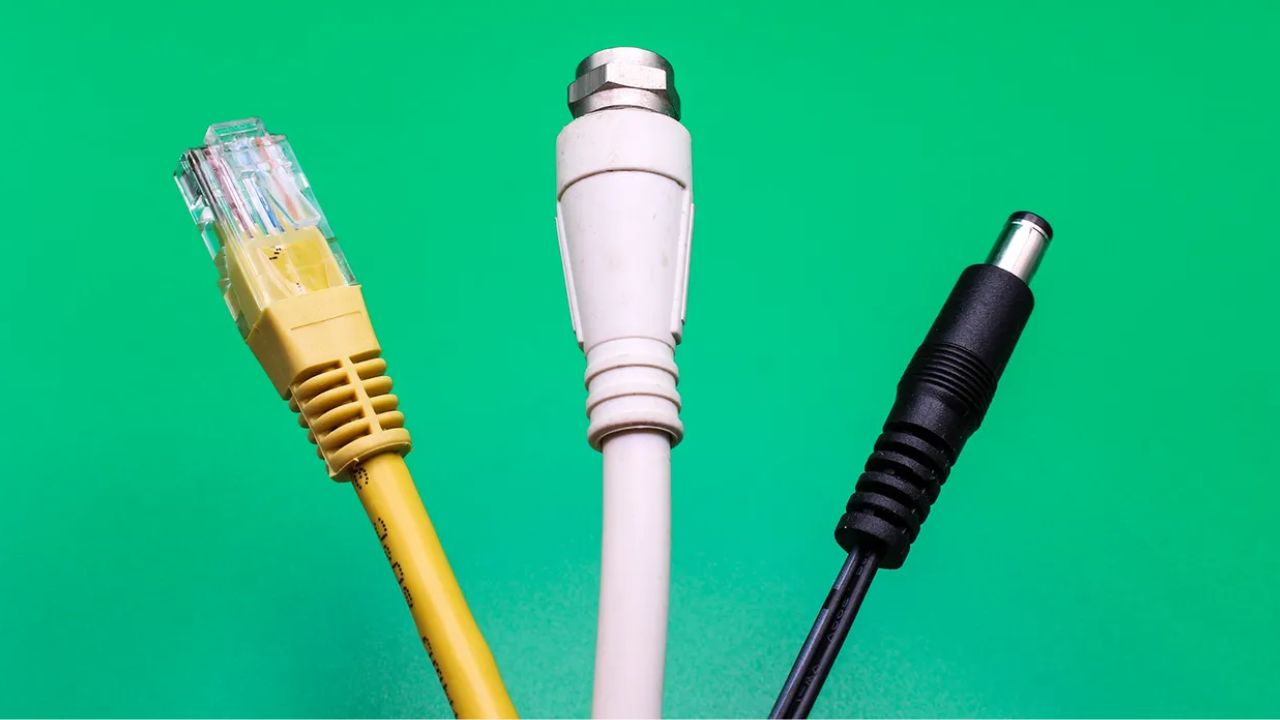Introduction
A digital camera is a revolutionary device that has transformed the way we capture and preserve precious moments. With advanced technology and user-friendly features, digital cameras offer a convenient and efficient way to take high-quality photographs. But have you ever wondered whether a digital camera is considered an input device or an output device? In this article, we will delve into the fascinating world of digital cameras and explore their classification as either an input or output device.
Before we dive into the classification, let’s first understand what a digital camera actually is. In simple terms, a digital camera is an electronic device that captures and stores still images and videos in a digital format. Unlike traditional film cameras, which use photographic films to record images, digital cameras employ an array of electronic sensors to capture light and convert it into digital data. This data can then be stored on a memory card and transferred to other devices for viewing, editing, or printing purposes.
Now that we have a basic understanding of what a digital camera is, let’s explore the concept of input and output devices. Input devices are devices that allow users to input data or commands into a computer system. These include keyboards, mice, touchscreens, scanners, and more. On the other hand, output devices are responsible for displaying or producing the results of processed data. Monitors, printers, speakers, and projectors are some examples of output devices.
So, where does a digital camera fit into this classification? Is it an input device or an output device? The answer is quite fascinating. A digital camera can be classified as both an input and an output device. Let’s delve deeper into each classification to understand why.
What is a digital camera?
A digital camera is a remarkable piece of technology that has revolutionized the way we capture and preserve memories. It is a device that electronically records and stores still images and videos in a digital format. Unlike traditional film cameras, which rely on photographic films to capture images, digital cameras utilize electronic image sensors to capture light and convert it into digital data.
The heart of a digital camera is its image sensor, which is responsible for capturing the light that enters through the camera’s lens. The most common types of image sensors used in digital cameras are the Charge-Coupled Device (CCD) and the Complementary Metal-Oxide-Semiconductor (CMOS) sensor. These sensors convert the light into a series of electronic signals, representing the colors and intensities of the captured image.
Once the image is captured by the sensor, it is processed and stored in a digital format. Digital cameras use various file formats such as JPEG, PNG, and RAW to store the images. These digital files can then be transferred to a computer or other devices for further editing, sharing, or printing.
One of the key advantages of digital cameras is their versatility and convenience. They offer a range of features and settings that allow photographers to enhance their creativity and capture stunning images. Digital cameras often include features such as autofocus, manual exposure control, image stabilization, and various shooting modes.
Additionally, many digital cameras are equipped with built-in or interchangeable lenses, allowing photographers to have control over the composition and focus of their images. They also come with LCD screens or electronic viewfinders that allow photographers to preview and review their images instantly.
Furthermore, digital cameras have evolved to include advanced features such as Wi-Fi and Bluetooth connectivity, allowing for seamless wireless transfer of images to other devices such as smartphones or tablets. Some cameras even have built-in GPS technology to geotag photos, providing information about the location where the image was captured.
In summary, digital cameras are innovative devices that have revolutionized the photography industry. They offer convenience, versatility, and advanced features, allowing photographers to capture and preserve memories with incredible clarity and detail.
Understanding input and output devices
Before we determine whether a digital camera is an input or output device, let’s take a moment to understand the concept of input and output devices in general.
Input devices are devices that allow users to enter data or commands into a computer system. These devices provide a means for users to interact with the computer and convey their intentions. Common examples of input devices include keyboards, mice, touchscreens, scanners, and microphones.
On the other hand, output devices are responsible for displaying or producing the results of processed data. These devices take the processed information from the computer and present it in a format that is perceptible to the user. Common examples of output devices include monitors, printers, speakers, and projectors.
Input devices are essential for providing the necessary input to the computer system, while output devices are crucial for presenting the processed information to the user. Both types of devices work in harmony to ensure a seamless interaction between the user and the computer system.
Now that we have a grasp of input and output devices, let’s explore where a digital camera fits into this classification.
Is a digital camera an input device?
When it comes to classifying a digital camera as an input or output device, it’s important to consider its primary function and how it interacts with the computer system. In the case of a digital camera, it can be classified as an input device.
A digital camera serves as an input device because it allows users to input data, specifically visual data, into a computer system. When a user captures an image using a digital camera, the camera acts as a tool for collecting and converting visual information into digital data that can be processed and stored by the computer system.
When you press the shutter button on a digital camera, it triggers the image sensor to capture the light entering the lens, converting it into digital data. This data represents the image that you’ve taken and is then saved onto a memory card within the camera. From there, the saved images can be transferred to a computer or other devices for further editing, storing, or sharing purposes.
The digital camera serves as a bridge between the physical world and the digital realm of the computer system. It allows users to input visual data, which can then be processed and manipulated using various software applications.
Additionally, digital cameras often come with various input controls such as buttons, dials, and touchscreens that allow users to adjust settings, change shooting modes, or select different options. These input controls further contribute to the classification of a digital camera as an input device, as they enable users to provide commands and input data into the camera system.
In summary, a digital camera can be categorized as an input device because it allows users to capture visual information and input it into a computer system for further processing, editing, and storage.
Is a digital camera an output device?
While a digital camera primarily functions as an input device, it can also be considered as an output device. Let’s explore why.
A digital camera can be seen as an output device because it has the capability to display or present the processed data, which in this case, is the captured image or video. Digital cameras are equipped with LCD screens or electronic viewfinders that allow users to preview and review the photos and videos they have captured. These screens act as output devices by presenting the visual data to the user in real-time.
Furthermore, digital cameras can be connected to other output devices such as printers or monitors. By connecting a digital camera to a printer, users can directly print the captured images without the need for a computer. This makes the digital camera act as an output device that delivers the final result, a printed photograph, to the user.
In addition, digital cameras often have options for on-camera photo editing. These editing features allow users to apply various filters, adjust brightness and contrast, crop images, and add effects directly on the camera. The edited image is then displayed on the camera’s LCD screen, making the digital camera act as an output device by presenting the modified image to the user.
It is worth mentioning that although a digital camera can function as an output device for displaying and presenting the captured images, its primary purpose is still to input data and capture visuals. The output capabilities of a digital camera are more limited compared to dedicated output devices such as monitors or printers.
In summary, while a digital camera is primarily an input device, it can also be considered as an output device due to its ability to display and present the captured images or videos through its built-in screens or by connecting to external output devices.
Conclusion
In conclusion, a digital camera is a versatile device that can be classified as both an input and an output device. As an input device, it allows users to capture visual data and input it into a computer system for further processing and storage. The image sensor, built-in controls, and various shooting modes contribute to this input functionality.
On the other hand, as an output device, a digital camera can display or present the captured images or videos through its built-in LCD screen or electronic viewfinder. It also has the capability to connect to external output devices, such as printers or monitors, for direct printing or larger screen display.
Understanding the dual classification of a digital camera is essential in recognizing its ability to bridge the physical world of captured visuals to the digital realm of computer systems. Its input and output functionalities play a crucial role in enabling photographers and users to interact with the device, capture memories, and share their creative work.
Whether you’re an amateur photographer, a professional, or simply someone who loves capturing moments, the digital camera’s versatility and convenience make it a valuable tool. Embrace the power of this remarkable device and let it help you elevate your photography experiences.







